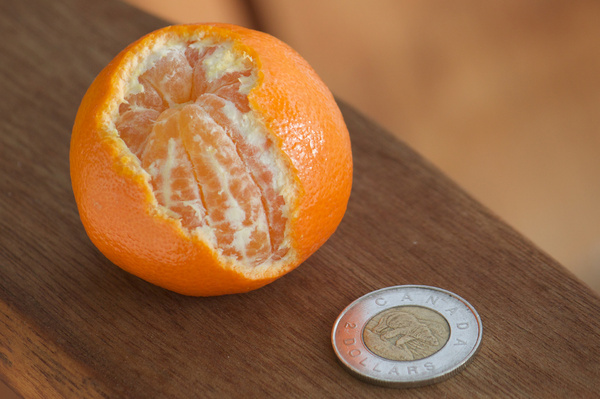

Clementines and mandarin oranges have a similar carbohydrate composition, although clementines are a little lower in carbohydrates.Īn exact number for the glycemic index of clementines has not yet been researched. The terms mandarin and clementine are often interchangeably used. Glycemic indexĬlementine is a hybrid species between a mandarin and a sweet orange. The consumption of 100 grams of clementines, equivalent to nearly one and a quarter clementines, is approximately 47 calories. In comparison, the amount of sugar makes up 18% of the daily recommended value for sugars. The fiber content makes up 8% of the daily recommended value. There are 12g of carbohydrates in a 100g of clementine distributed between 2g of dietary fibers and 10g of total sugars. The following nutritional analysis is done on 100g of clementine, keeping in mind that an average clementine with an approximate weight of 75-80g Macronutrients Carbohydrates Nutritional valuesĬlementines are rich in water, given that about 86.6% of the clementine’s weight is water. In this article, we will discuss the nutritional values of clementines with their different subcategories and their benefits during weight loss and different diets. They are seasonal fruits, available during mid-autumn and throughout winter. While these results have yet to be confirmed in human studies, the University of Maryland Medical Center reports that the flavonoids in citrus fruit may also inhibit cancer growth, blood clots and inflammation.Clementines are sweet citrus fruits that are a hybrid between mandarins and sweet oranges. Another study, published in "The Journal of Nutrition," found that mice fed a diet supplemented with hesperidin had lower cholesterol and greater bone density than mice not fed hesperidin. The scientists involved in the study hypothesized that these benefits may be due to the high concentration of flavonoids in citrus fruit.

In 2003, research conducted by Australia's Commonwealth Scientific and Industrial Research Organization indicated that people with a high intake of citrus-rich fruit - defined as an extra citrus serving daily, in addition to the recommended five servings of daily fruit - were 50 percent less likely to develop mouth, stomach or throat cancer and 20 percent less likely to suffer from a stroke. Both are flavonoids, plant-based chemicals that can prevent DNA damage by inhibiting the activity of free radicals. Hesperidin and naringenin are antioxidant compounds found only in citrus fruit like Cuties.


 0 kommentar(er)
0 kommentar(er)
